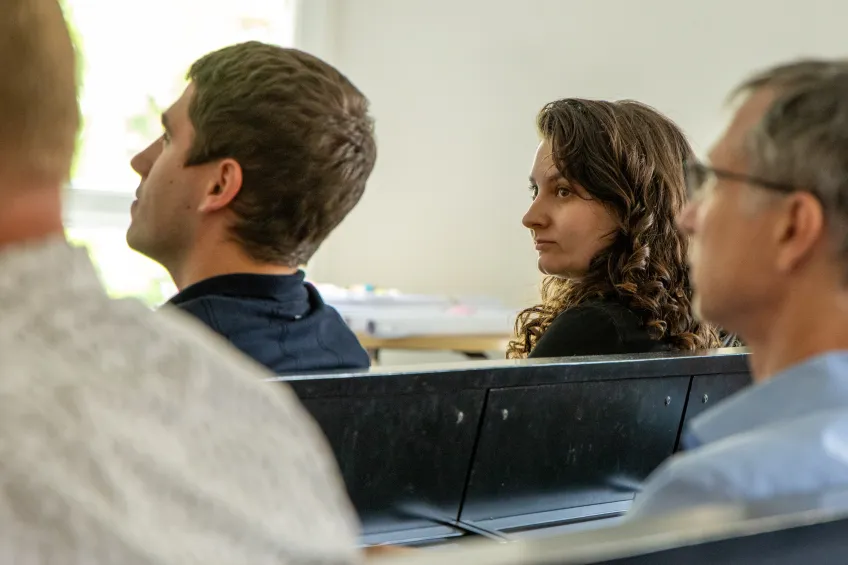June 17 to 19, the Interreg North Sea WaterWarmth partner meeting took place in Lund, hosting partners from Sweden, Denmark, Germany, the Netherlands, Belgium, and France. LUCSUS’s researchers Sara Broogaard, Barry Ness, and AnnSofie Micallef-Nilsson organized the event alongside project leader Dirk Blom. Over the three-day gathering, participants followed an ambitious program featuring presentations on overall work package progress, updates from the pilot projects, a site visit to Brunnshög’s district heating facility, and a walking tour of Lund.
A memorable moment was the visioning workshop led by Work Package 6, including the previously mentioned LUCSUS researchers, and Nthabiseng Mohlakoana (Delft University) and Thomas Hoppe (University of Twente). Participants were divided into groups and invited to develop future “visions” for the year 2050. Using scientific methodologies such as the Multi-Level Perspective, they explored key influencing factors and envisioned the implementation of aquathermal energy in the North Sea region.
These visions were developed free from constraints and guided by an idealized view of what aquathermal energy could look like in a best-case scenario. After an hour of collaboration, each group pitched their vision in a two-minute elevator summary, setting the stage for deeper discussion and future planning. Five future visions were shared, each offering an exciting glimpse into the potential of aquathermal energy across the North Sea region.
Why does this matter?
The success of the visioning workshop is expected to contribute to future webinars and partner meetings. The insights help shape discussions around aquathermal energy at the pilot sites. They guide not only the long-term possibilities but also the practical steps needed to reach them. More broadly, the partner meeting gave partners a valuable chance to exchange ideas, strengthen collaboration across work packages, and advance the goals of the WaterWarmth project.
What’s Next?
The ideas generated during the visioning workshop will be further developed within Work Package 6, contributing to the next phase of collaboration and refinement. Meanwhile, work across all pilot sites and work packages is ongoing, with continued monitoring, learning, and exchange. These efforts will feed into the next WaterWarmth partner meeting in Belgium this November, and we look forward to continuing the conversation there.
Learn more about the WaterWarmth project on interregnorthsea.eu.



